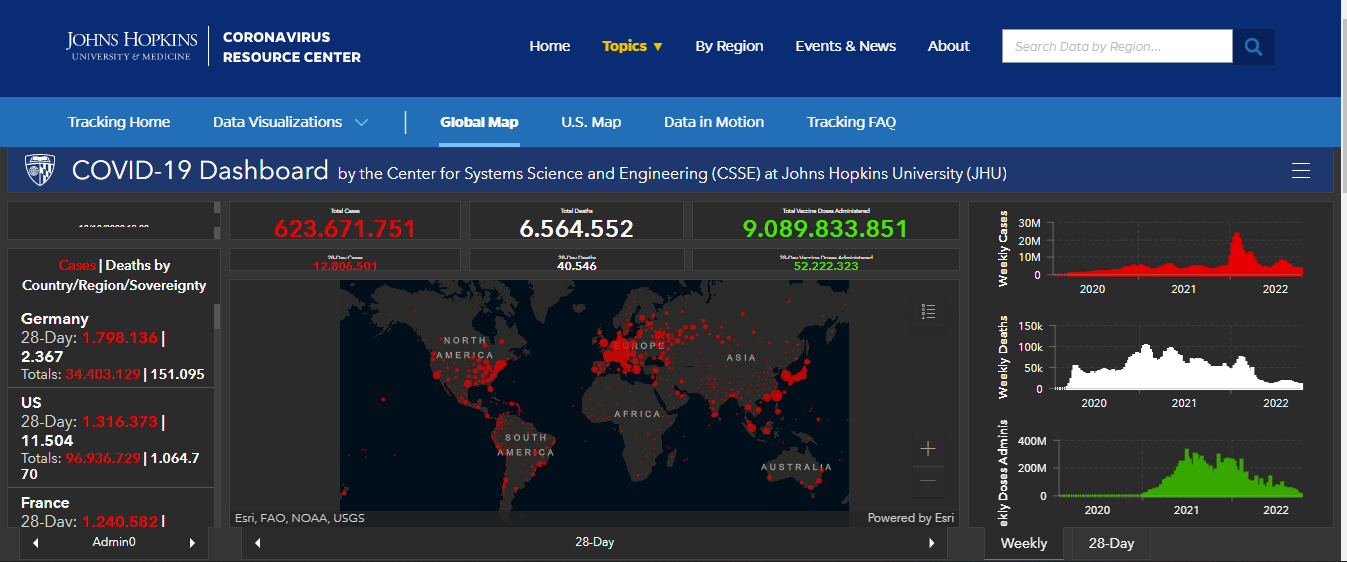Avanade
Paul Marsh
September 29, 2021
Site Editor:
Joaquim Cardoso MSc
Health Transformation Institute (HTI)
October 13, 2022
Healthcare organisations like yours are a vital cog in the smooth running of society.
In the shadow of the COVID-19 pandemic, that’s true now more than ever.
All too often, however, vital organisations and departments such as yours are held back by fragmented legacy systems, disparate data silos spread across different teams and departments, and poor collaboration between team members.
These challenges lead to frustration and wasted resources, using up precious time that could be spent elsewhere.
Technology is here to help.
Here’s how technology — and more specifically, automation — can solve three of healthcare’s most immediate pressure points.
- 1.AUTOMATION: Save time and resources by automating repetitive processes
- 2.DATA: Use data to deliver better outcomes and improve measurement
- 3.CONNECT: Collaborate and connect internally with greater efficiency and fewer snags

1.Save time and resources by automating repetitive processes
Spending time on repetitive, time-intensive tasks is a poor use of your staff’s time and valuable healthcare resources.
Whether it’s the laborious job of logging prescriptions or handling supplier invoices, robotic process automation (RPA) can support human staff with ‘virtual employees’ to help speed up manual tasks.
Avanade-delivered RPA solutions can scan and sort patient data, schedule appointments, build rotas, and much, much more.
Whether it’s the laborious job of logging prescriptions or handling supplier invoices, robotic process automation (RPA) can support human staff with ‘virtual employees’ to help speed up manual tasks.
Healthcare has almost as many administrators and support staff as it does clinicians.
To save time and free up resources, Design Thinking approaches can identify where benefits can be derived through better use of data, and deployment of AI using that data and insights to automate more complex tasks and support staff where tougher problems need solving.
Healthcare has almost as many administrators and support staff as it does clinicians. To save time and free up resources, Design Thinking approaches can help

2.Use data to deliver better outcomes and improve measurement
Ravaged by COVID-19, beleaguered healthcare systems have relied on data to track successes and failures.
Data has allowed vulnerable individuals to be pinpointed and protected.
Data has enabled healthcare providers to remain staffed during employee illness.
It has accelerated the development of treatments and vaccines and is helping with a gradual return to normality through contact tracing and other outbreak suppression strategies.
In spring 2020, the global health picture deteriorated rapidly.
But data allowed the virus’s movements to be accurately mapped.
Using Microsoft technology, epidemiologists and software experts at Johns Hopkins University created an interactive dashboard to track the disease’s spread.
For health officials scrambling to develop an emergency pandemic response, this detailed information proved vital.
In spring 2020, the global health picture deteriorated rapidly. But data allowed the virus’s movements to be accurately mapped.
… epidemiologists and software experts at Johns Hopkins University created an interactive dashboard to track the disease’s spread.

The boundaries of what can be done with data are being pushed even further.
Technologies like Microsoft Azure Synapse — a new class of analytics tool that brings big data and machine learning analytics tools into the mainstream — can help you get insights up to 14 times faster and for 94% less compared to other providers.
New technologies, such as a new class of analytics tool, that brings big data and machine learning analytics tools into the mainstream — can help you get insights up to 14 times faster and for 94% less compared to other providers.
As you and your colleagues rebuild and reorient workflows for the post-coronavirus world, data will continue to play a pivotal role in assessing new backlogs and developing forward strategy.
Data projects are evolving at speed: Avanade has recently been involved in developing a new Intelligent Automation solution for a major UK healthcare body.
This new deployment will use AI to improve their ability to capture a broader subset of data, reduce the reliance on human interaction, help it process large volumes of documentation, and significantly improve data accuracy.
Greater accuracy helps boost trust across the entire process and ensures a greater level of transparency when dealing with patient data.
The system will support future goals to identify potential fraud, reduce waste and improve longer term patient care.

3.Collaborate and connect internally with greater efficiency and fewer snags
Of all the challenges confronting healthcare organisations, efficiency is perhaps the most pressing.
For systems to run seamlessly, closer and more effective collaboration among team members is key. But how to get there?
How did we connect more than 1 million healthcare employees on a single platform with other secure governmental and local systems?
Tech is a big part of the answer.
This is true today, as it was in the first frantic weeks of the pandemic.
As Britain’s coronavirus outbreak pushed hospitals to breaking point, healthcare staff needed to stay connected. With the clock ticking, NHS Digital and Accenture, supported by key engineering resources from Avanade, needed to find a solution.
Within just seven days, the joint team had built and tested a Microsoft Teams solution, rolling out the platform to millions of NHSmail users in record time.
With the ability to securely send instant messages, make audio and video calls, and host virtual meetings, collaboration came easier to those on the frontlines of the COVID-19 battle, helping keep our communities that much safer.
As Britain’s coronavirus outbreak pushed hospitals to breaking point, healthcare staff needed to stay connected. … Within just seven days, a joint team had built and tested a soluion, rolling out the platform to millions of NHSmail users in record time.
At a local healthcare level with NHS Bury CCG, Microsoft Teams is increasing board meeting efficiency by some 40%, and its ability to facilitate multi-disciplinary teams within an organisation or integrated care is becoming more tried and tested tool across healthcare settings.

Why now is the time to save time
Used in the right ways, automation, data analysis and collaboration tools can improve healthcare effectiveness.
Originally published at https://www.avanade.com.
About the author
Paul Marsh
Paul is a highly experienced and results-focused individual, with over 32 years in IT and global financial services organisations. At Avanade, Paul is the UK Head of Health & Public Sector, including charities and non-profit organisations.
In this role, Paul is responsible for the growth of Avanade business in this sector, sales/revenue and overall P&L management. Paul works closely with Accenture and Microsoft to bring a positive impact and change to public services and the people they serve, using the power of Microsoft Cloud.













